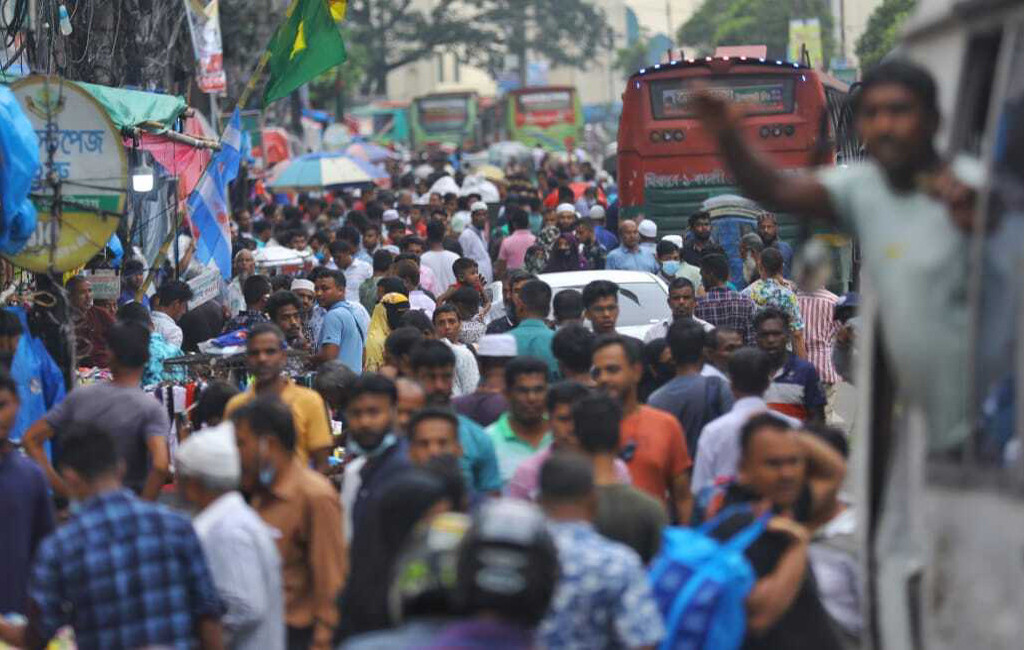DSCC has the highest population density per square kilometre

Experts and urban planners opined that Dhaka's biggest threat is its population
They argue that the excessive population hinders the city's ability to maintain its desired standards.
The Economist Intelligence Unit (EIU) recently released a list of the world's most livable cities, and Dhaka is at the 166th position by getting 43.8 points.
Dhaka ranks seventh from the bottom in the livability list. The rankings consider crucial factors such as healthcare, education, stability, infrastructure, and environment.
Among the top ten most livable cities, Osaka in Japan stands out as the sole representative of Asia. It secures the 10th position on the list with a score of 96.
During visits to various neighborhoods in Dhaka, such as Basila, Pirer Bagh, and Mirpur Avenue 5, it became clear that there were numerous unplanned residential areas and no recreation centres, or clean playgrounds.
In the few slums that exist in the areas, it is almost impossible to ensure healthcare for lower-income people.
Project Director of "Population and Housing Census 2022" Dildar Hossain said according to the initial report, the total population of Bangladesh was 16,51,058,616. Out of this total, 68.34% reside in rural areas, while 31.66% live in urban areas.
Specifically, the Dhaka division is home to a population of 456,439,915 individuals. This figure accounts for approximately 26.88% of Bangladesh's total population.
Meanwhile, the Barisal division has the least population. Some 5.49% of the total population -- about 9.3 million people live there.
Population per square kilometre
Vienna, the capital of Austria, tops the list of the Economist Intelligence Unit's population density. This position of the city with 98.4 points as 1.8 million people live in 414 square kilometres. That means only 4,347 people live in every square kilometre of the city.
Dhaka South City Corporation has the highest population per square kilometre in Bangladesh. Some 39,353 people live here per square kilometre, despite 1119 people live in every square kilometre across Bangladesh.
What do experts say?
Environmentalist Abdul Matin said that no plan can be properly implemented due to excessive population. “When you have to work in a densely populated area, none of your initiatives will work. The same is happening in Dhaka.”
He added: “Despite substantial investments in development and goodwill, the situation does not favor positive outcomes. Consequently, those responsible for implementing initiatives experience diverse pressures, primarily stemming from the demographic challenges posed by the population density.”
Akhtar Hossain, professor at Jahangirnagar University said that civic facilities are ensured in proportion to the number of people living in any city, "There are some indicators of urban planning. According to that index, you will distribute areas, slums, and health facilities. The population of Dhaka is so high that civic facilities are inadequate here.”
When asked about the ideal population for a city, it was suggested that a large city should ideally have a density of 150 to 200 people per acre. However, in some areas of Dhaka, the population density reaches as high as 600 people per acre.
Consequently, the primary factor contributing to the decline in livability in Dhaka is widely attributed to its population size, said Akhtar Hossain.












